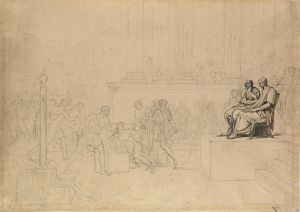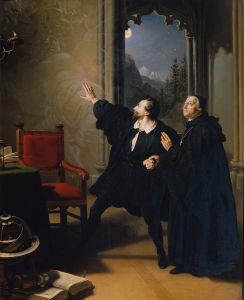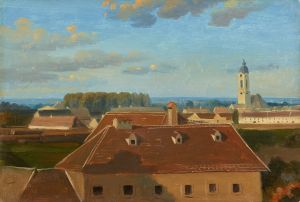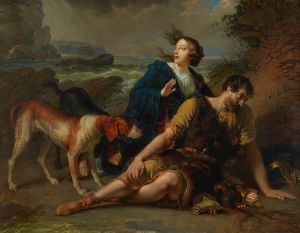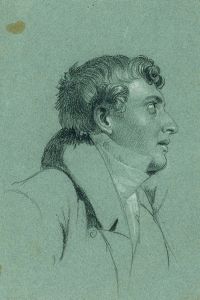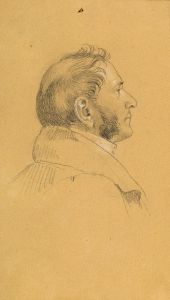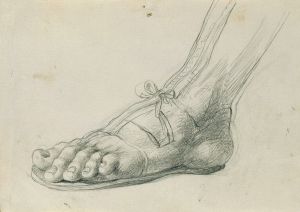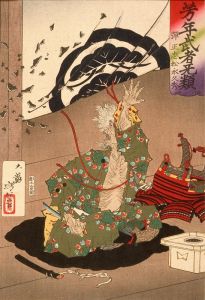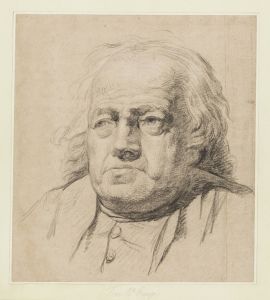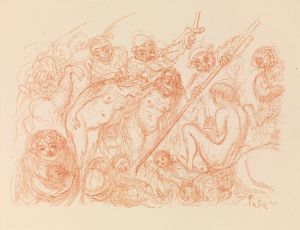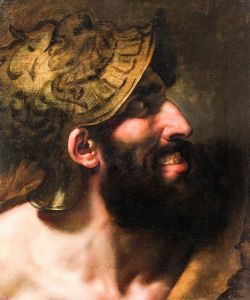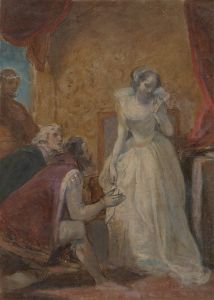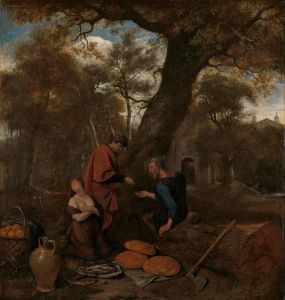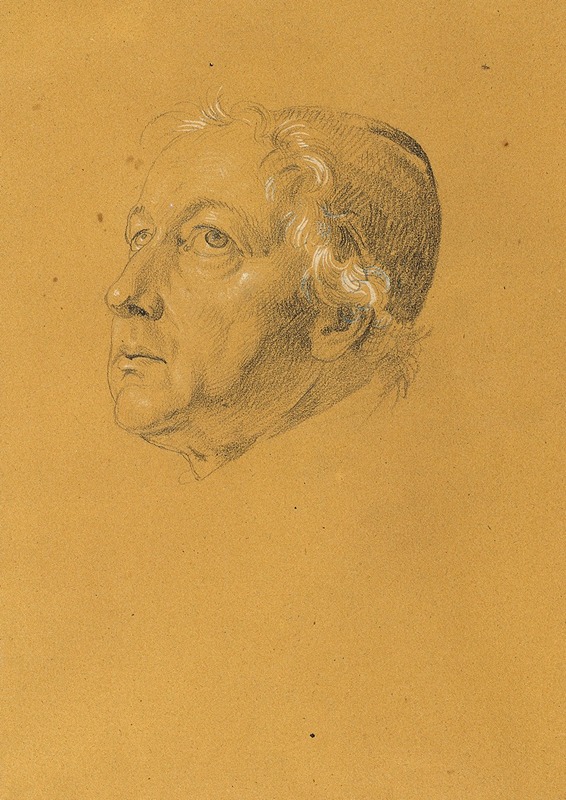
Studie zu ‘Manfreds Sterbestunde’
A hand-painted replica of Johann Peter Krafft’s masterpiece Studie zu ‘Manfreds Sterbestunde’, meticulously crafted by professional artists to capture the true essence of the original. Each piece is created with museum-quality canvas and rare mineral pigments, carefully painted by experienced artists with delicate brushstrokes and rich, layered colors to perfectly recreate the texture of the original artwork. Unlike machine-printed reproductions, this hand-painted version brings the painting to life, infused with the artist’s emotions and skill in every stroke. Whether for personal collection or home decoration, it instantly elevates the artistic atmosphere of any space.
Johann Peter Krafft's painting "Studie zu ‘Manfreds Sterbestunde’" is an intriguing work that reflects the artist's engagement with literary themes and his skill in capturing dramatic narratives. Johann Peter Krafft, an Austrian painter born in 1780, was known for his historical and genre paintings, often drawing inspiration from literature and historical events. His works are characterized by their detailed composition and the emotional depth he imparts to his subjects.
The painting "Studie zu ‘Manfreds Sterbestunde’" is a study related to the theme of the death of Manfred, a character from Lord Byron's dramatic poem "Manfred," published in 1817. Byron's "Manfred" is a complex work that combines elements of the supernatural with deep philosophical questions, centering around the tormented protagonist, Manfred, who is haunted by guilt and seeks redemption and peace through death. Krafft's study captures the essence of this dramatic moment, focusing on the emotional intensity and the existential themes present in Byron's work.
Krafft's study likely served as a preparatory work for a larger composition, a common practice among artists seeking to refine their ideas and techniques before committing to a final piece. In this study, Krafft would have explored the composition, lighting, and emotional tone necessary to convey the gravity of Manfred's final moments. The study would have provided Krafft with the opportunity to experiment with different artistic elements, ensuring that the final work effectively communicated the intended narrative and emotional impact.
The painting is notable for its attention to detail and the way it captures the psychological complexity of Manfred's character. Krafft's use of light and shadow, as well as his careful rendering of facial expressions and body language, contribute to the overall mood of the piece. The study likely emphasizes the isolation and inner turmoil of Manfred, reflecting the themes of guilt, redemption, and the search for meaning that are central to Byron's poem.
Johann Peter Krafft was an accomplished artist who studied at the Academy of Fine Arts in Vienna and later in Paris. His exposure to various artistic movements and his interactions with other artists of his time influenced his style and thematic choices. Krafft's works often reflect the Romantic ideals of the period, characterized by an emphasis on emotion, individualism, and the exploration of the human condition.
While specific details about the study "Studie zu ‘Manfreds Sterbestunde’" may be limited, it is clear that Krafft's engagement with Byron's "Manfred" demonstrates his interest in literary subjects and his ability to translate complex narratives into visual form. His work remains an example of the intersection between literature and visual art during the Romantic period, showcasing the ways in which artists of the time sought to capture the depth and complexity of human emotions and experiences.
Overall, Johann Peter Krafft's study related to "Manfreds Sterbestunde" is a testament to his artistic skill and his ability to engage with profound literary themes, contributing to the rich tapestry of 19th-century art and its ongoing dialogue with literature.





